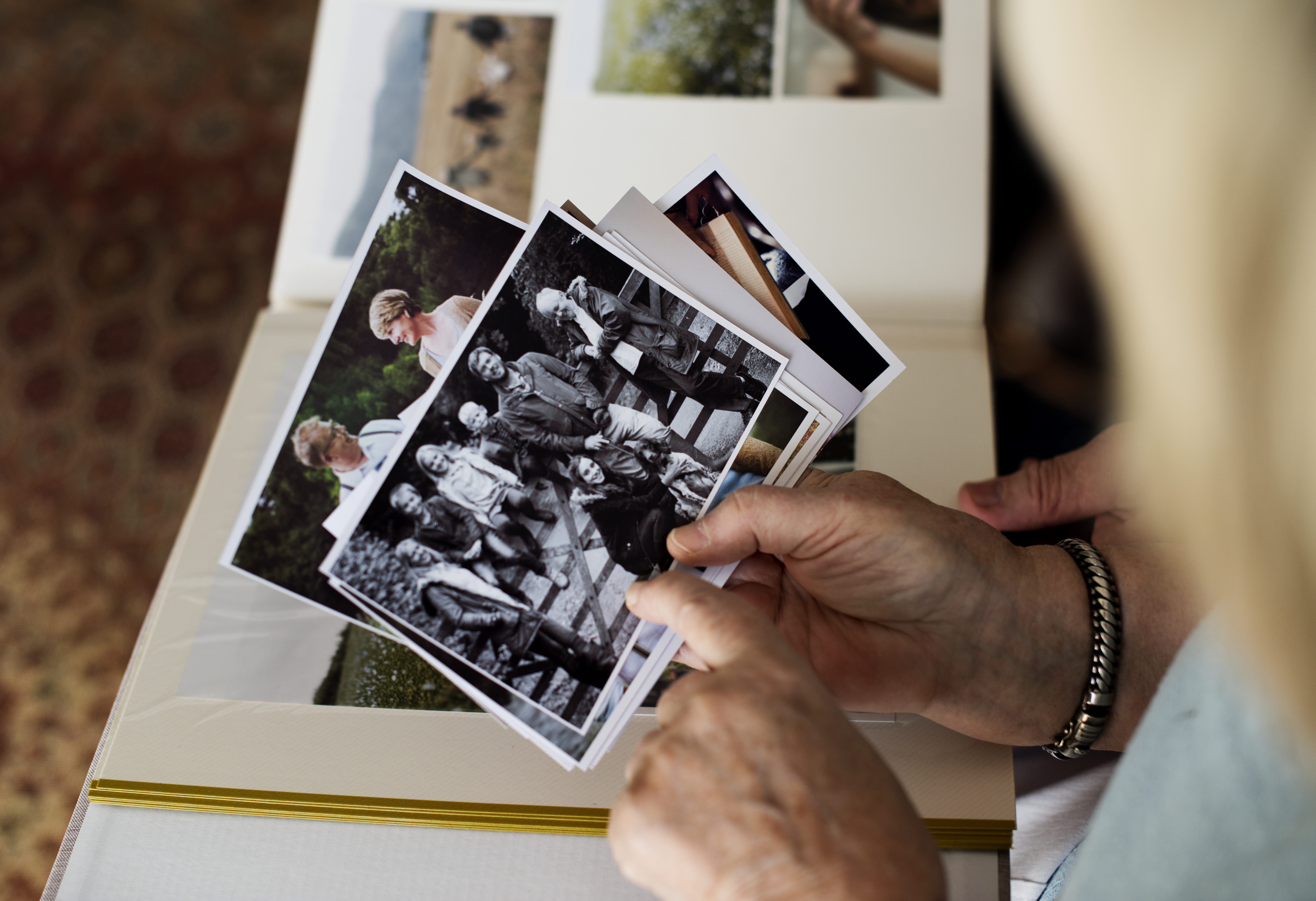In today’s digital era, where instant access to vast amounts of information is at our fingertips, it’s easy to overlook the value of preserving our analog past. However, the transition from analog to digital mediums has revolutionized the preservation of old film. Digitizing old film not only safeguards precious memories, historical records, and artistic creations but also unlocks a plethora of possibilities for sharing, restoration, and future generations to explore. In this blog post, we will delve into the profound significance of digitizing old film and why it is essential for preserving our cultural heritage.
Safeguarding Memories
One of the primary reasons to digitize old film is to safeguard cherished memories for future generations. Analog films, whether they are family home videos or documentary footage, are susceptible to degradation, deterioration, or even loss due to physical damage or natural decay. By digitizing these films, we ensure their preservation in a more stable and long-lasting digital format. This allows us to relive and share these memories with loved ones, keeping them alive for years to come.
Get your films safely digitized with Everlasting Studios: Click here to check out our digitizing services
Preserving Historical Records
Old film archives contain invaluable historical records that document significant events, cultural milestones, and social transformations. From newsreels capturing historic moments to documentaries shedding light on past eras, these films provide a visual window into the past. Digitizing old film not only prevents the loss of these precious records but also enhances accessibility and ease of retrieval, facilitating research, education, and the preservation of our collective history.
Enhancing Restoration Possibilities
Over time, analog films may suffer from color fading, scratches, or other forms of damage. Digitization opens up new possibilities for film restoration, allowing experts to digitally repair and enhance the quality of the footage. Advanced software tools and techniques can remove imperfections, correct color imbalances, and significantly improve the overall visual experience. By digitizing old film, we breathe new life into faded memories, revitalizing their essence while preserving their original integrity.
Enabling Wide-Scale Sharing
One of the remarkable advantages of digitizing old film is the ability to share it with a vast audience. Digital platforms, such as websites, social media, and streaming services, offer an unprecedented reach for these digitized treasures. They can be shared with family and friends, exhibited in museums, or accessed by researchers, scholars, and enthusiasts worldwide. This increased accessibility fosters cultural exchange, opens up avenues for collaborations, and enables a broader appreciation of our shared heritage
Inspiring Creativity and Innovation
Digitizing old film not only preserves the past but also sparks creativity and innovation. Artists, filmmakers, and storytellers can draw inspiration from archived footage, incorporating historical elements into contemporary works. Additionally, the digitization process itself presents opportunities for experimentation and collaboration between traditional and digital mediums. By combining the old and the new, we push the boundaries of artistic expression and create new narratives that resonate with diverse audiences.
Digitizing old film is a crucial undertaking that ensures the preservation, restoration, and sharing of our analog past. By safeguarding memories, preserving historical records, enhancing restoration possibilities, enabling wide-scale sharing, and inspiring creativity and innovation, we bridge the gap between generations and keep our cultural heritage alive. Embracing the digital transformation of old film not only pays homage to the past but also paves the way for a richer, more interconnected future. Let us embrace the value of digitization and continue to celebrate the stories and memories captured on those fragile strips of celluloid.







